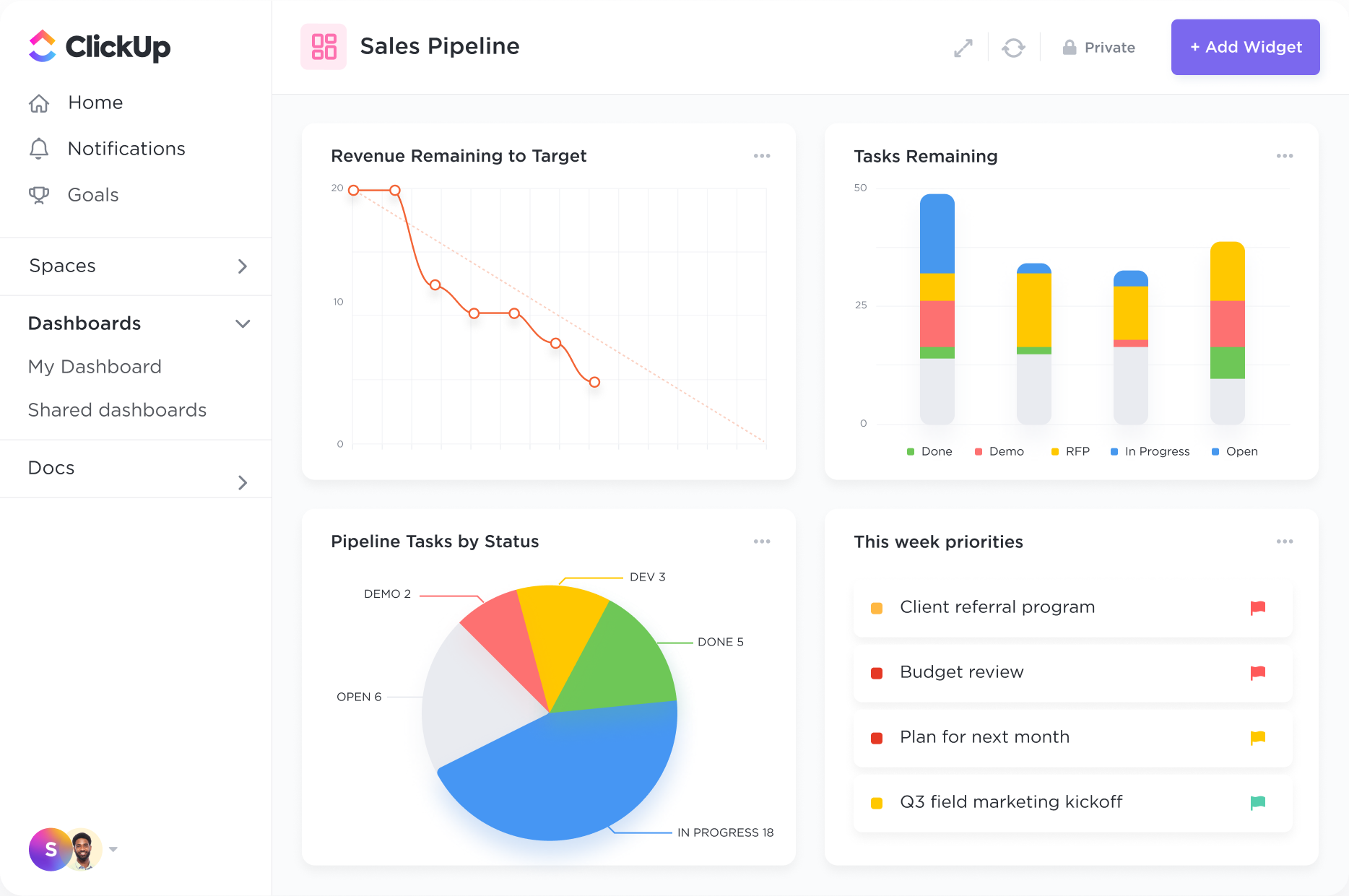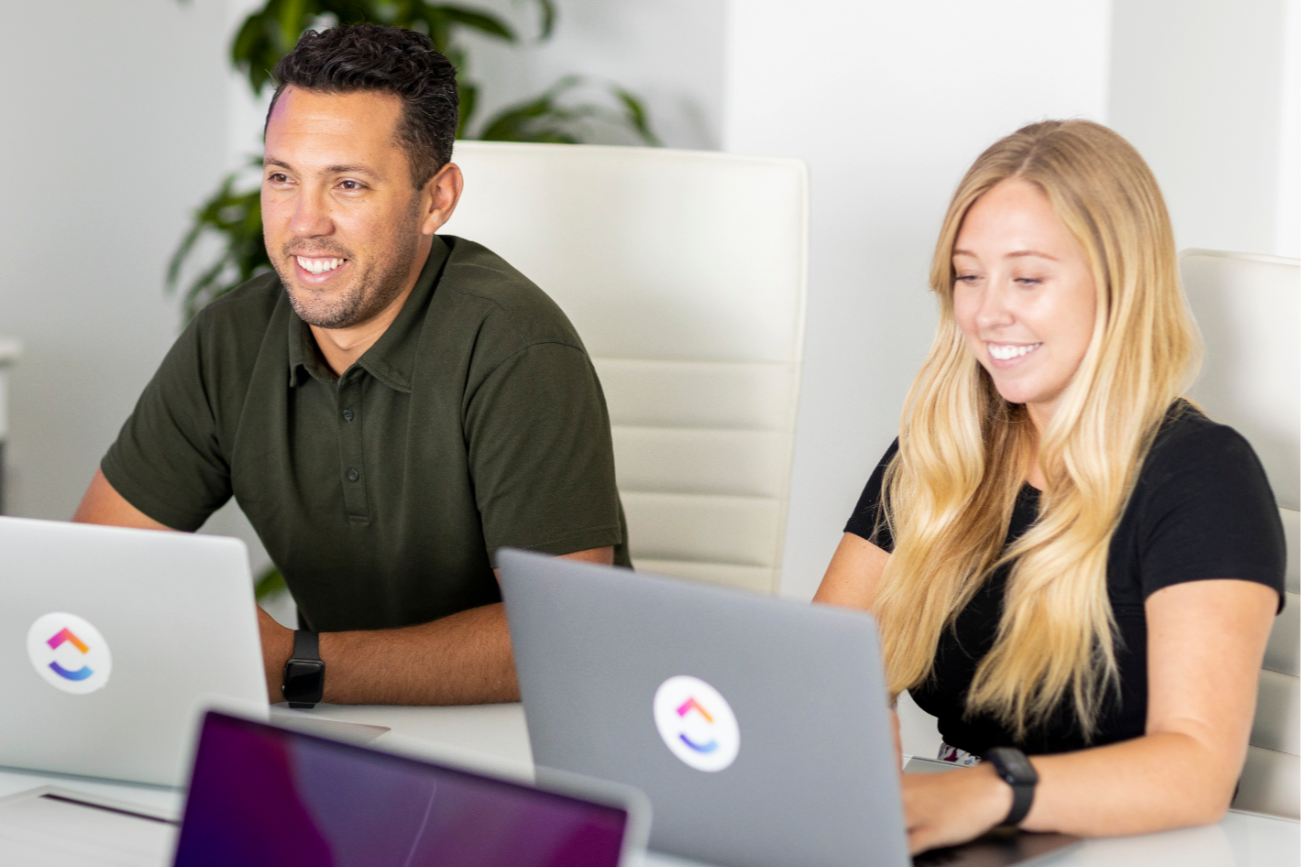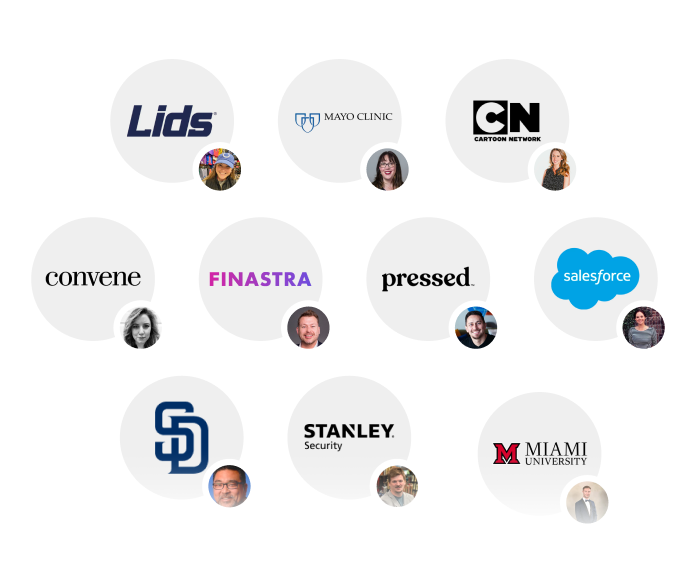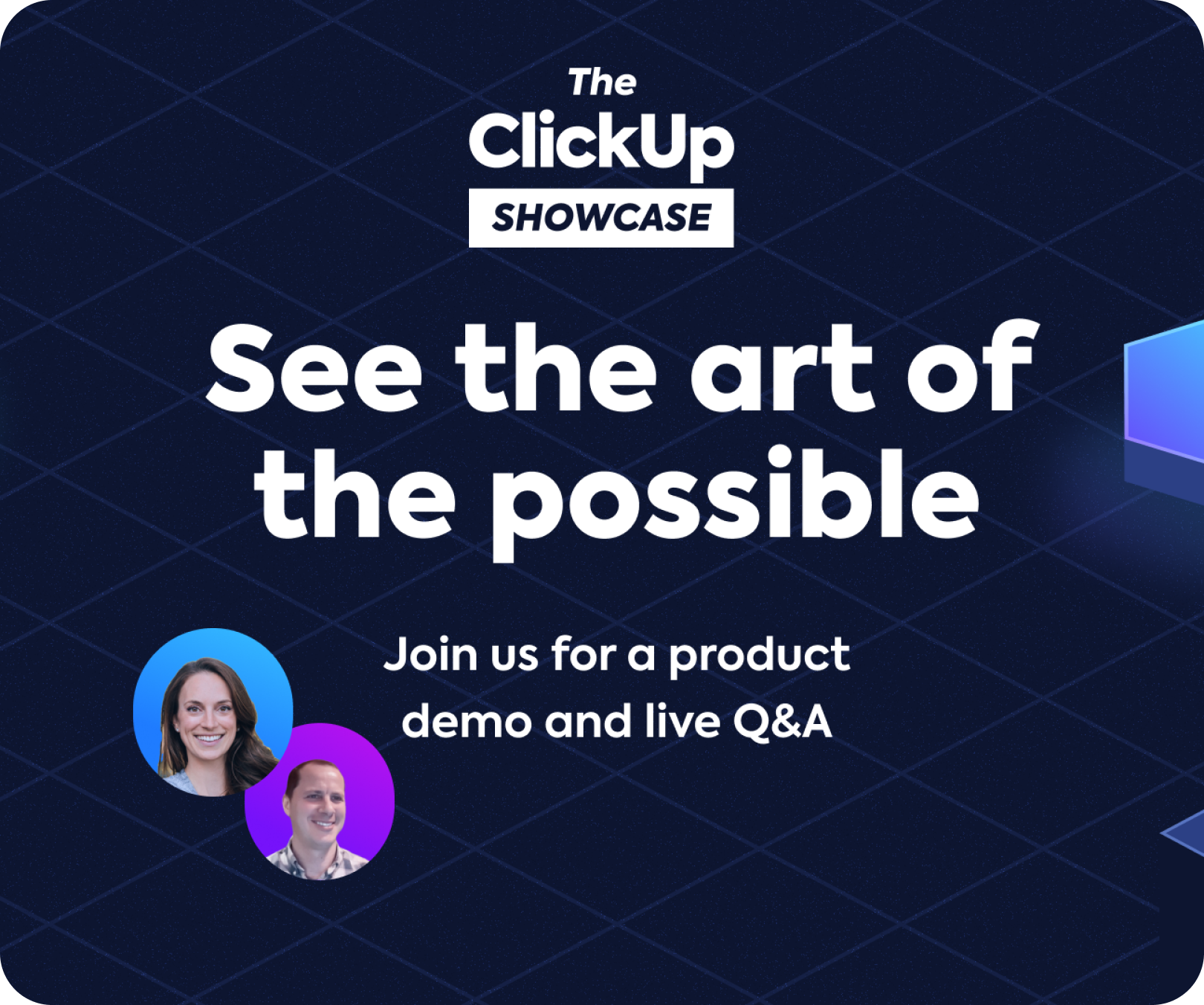The right platform
G-Loot has a team of roughly 80 employees across a range of departments from people to growth to product. Objectives and key results (OKRs) are essential to how they get work done. Without OKRs, teams lack alignment on initiatives that impact the business the most. But to actually drive success, the ability to measure progress against OKRs was essential.
However, without a centralized productivity platform, it was difficult for various teams to connect their day-to-day work to OKRs and for leadership to understand how work rolled up to company goals. With critical business growth initiatives in play and on the horizon, it was imperative for the business to figure out how to not only align teams on the long-term goals, but also how to track real-time progress toward those goals.
While G-Loot’s previous productivity tool was robust, Chief Growth Officer Jamie Dunbar Smyth’s team had trouble creating and using the workflows required to efficiently manage and track OKRs.
G-Loot needed the right platform to implement the OKR concept across the entire organization. After hearing about ClickUp from a colleague, Jamie tested the solution, then turned his attention to a company-wide rollout to focus all of G-Loot’s employees on the same goals and monitor performance.

Jamie Dunbar SmythChief Growth Officer
"We tried other tools, then we decided to explore ClickUp. My CEO used ClickUp previously and was already a fan of the platform. He said he’d be very happy if we chose it, so the decision was easy.”







